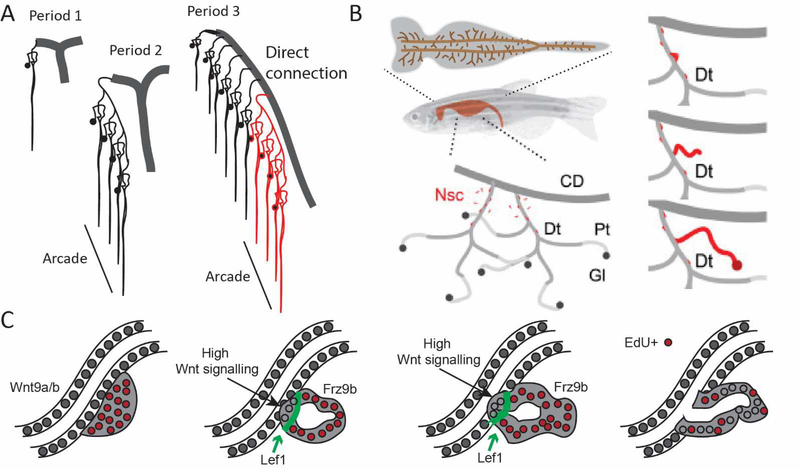Figure 5. Nephron patterning and connection in human metanephros and zebrafish mesonephros.
A. Diagram showing the arrangement of nephrons with respect to the adjacent collecting duct across Periods 1 to 3 of human kidney development [116]. Collecting ducts are shown in grey. Period 1 represents the direct connection of new nephrons to the ureteric tip, as in mouse. Period 2 involves the formation of arcades in which multiple nephrons are attached to each other via their distal segments. During Period 3, the collecting duct extends without branching with new nephrons connecting into the stalk rather than the tip. Here a prior arcade formed during Period 2 is shown in red. Adapted from [116]. B. Neonephrogenesis occurs within the mesonephros (top) throughout adult zebrafish life with new nephrons connecting with the distal segments of previous nephrons (bottom left). Neonephrogenesis involves the formation of an aggregate from mesenchymal nephron stem cells (red) that then adhere to an existing distal epithelium and invade to form a connection. CD, collecting duct, Dt, distal tubule, PT, proximal tubule, Gl, glomerulus, Nsc, nephron stem cell. C. The process of invasion of a neo-nephron involves the attraction of the aggregate to the distal tubule of an existing nephron via the production of FGF4/10. The aggregates express Frz9b which responds to high Wnt9a/b secretion from the distal nephron. A front of invading cells forms beyond a region of high Lef1 expression with the invading cells showing loss of proliferation (become EdU negative). As a result, the neonephron creates a patent connection with the existing distal epithelium and process to elongate, pattern and segment. BC adapted from [117, 118].

